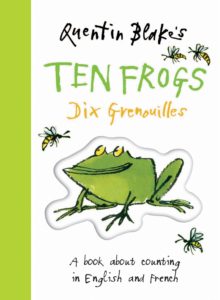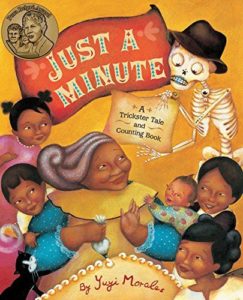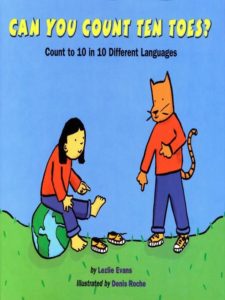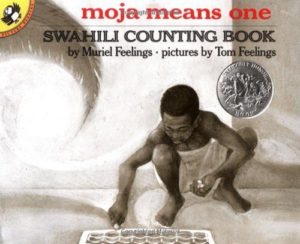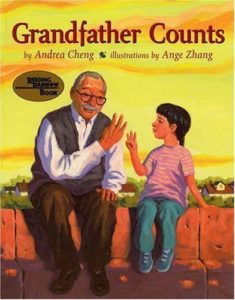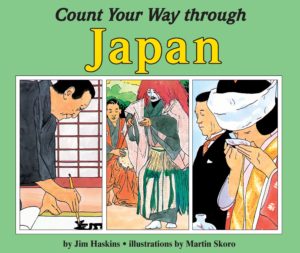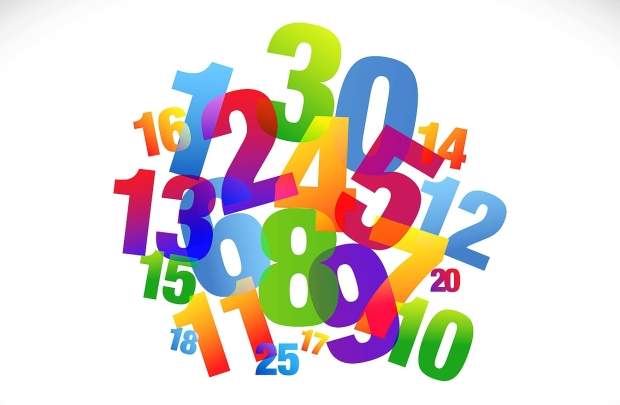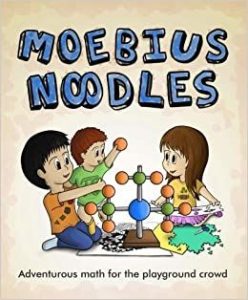 |
By Yelena McManaman and Maria Droujkova, Moebius Noodles (Delta Stream Media, 2014) – subtitled “Adventurous Math for the Playground Crowd” – is a 80+-page collection of games and investigations for kids, plus helpful hints for parents hoping to provide a mind-expanding math environment. The book is divided into four sections: Symmetry, Quantity, Function, and Grid. Kids learn real math terms – say, transitive property – through play. Delightful, substantive, and sensible. For ages 1 and up. |
|
The Mother Goose Programs, developed by the Vermont Center for the Book, pair math- and science-related pictures book with open-ended investigative experiments and hands-on activities. Excellent for ages 3-5. |
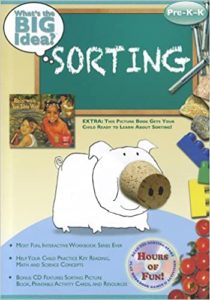 |
Associated with the Mother Goose Programs is the What’s the BIG Idea? workbook series, a collection of six creatively interactive books designed to get kids excited about and involved in science and math. The books – crammed with hands-on activities and games – are illustrated with a mix of big bright-colored drawings and photo collage, and each comes with a companion CD featuring an appropriately themed picture book, printable activity cards and manipulatives, and a resource list. The books also include complete parent/teacher instructions, lots of extension suggestions, and an answer key. Titles are Counting (with Rick Walton’s How Many, How Many, How Many), Measuring (with Susan Hightower’s Twelve Snails to One Lizard), Shapes (with Dayle Ann Dodds’s The Shape of Things), Patterns (with Trudy Harris’s Pattern Fish), Sorting (with W. Nikola-Lisa’s Bein’ with You This Way), and Maps (with Pat Hutchins’s Rosie’s Walk). |
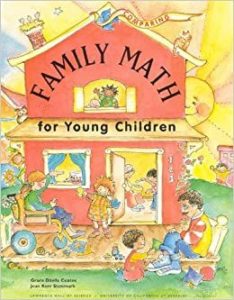 |
Family Math for Young Children (Grace Coates and Jean Stenmark; Lawrence Hall of Science, 1997) is a creative investigative approach to early math, concentrating on such skills as counting, estimating, comparing, measuring, shape recognition, directions, logic, and sorting. Sample activities include making jigsaw puzzles, making (and sorting) a stamp collection, making and playing number games, playing shadow games, measuring yourself (and family and friends) with adding machine tape, and designing a quilt patch. All instructions, game boards, matching cards, and number charts are included in the book. For each activity, there’s an explanation of the math skills involved, a materials list, and complete instructions. For ages 3-7. |
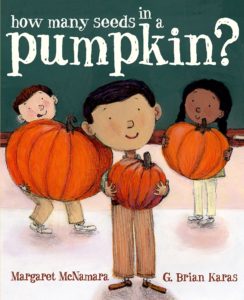 |
Margaret McNamara’s How Many Seeds in a Pumpkin? (Schwartz and Wade, 2007) turns into a mathematical guessing game as the kids in Mr. Tiffin’s class try to figure out how many seeds are in large, small, and middle-sized pumpkins (A million? 500? 22?) Finally they cut the pumpkins open, scoop out the seeds, and count them, which is (1) messy and (2) the most straightforward way to find out. For ages 4-8. |
|
For a mathematical lesson plan on pumpkins and pumpkin seeds, see Pumpkin Exploration. |
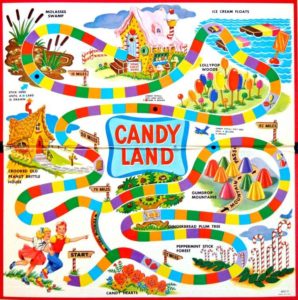 |
Candyland (Hasbro), famed as a first board game for kids since the 1940s, is now available in several versions. Kids learn counting, colors, and how to follow simple directions while racing to the Candy Castle. |
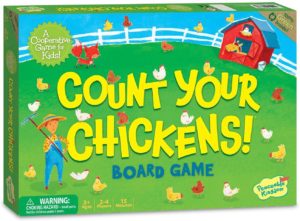 |
Count Your Chickens (Peaceable Kingdom) is an award-winning cooperative board game for ages 3-6 in which players count spaces to collect baby chicks and return them to their coop. Comes with 40 chicks and one mother hen. |
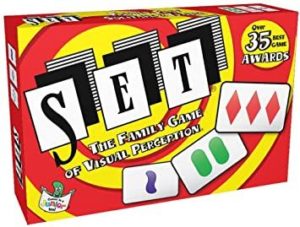 |
SET is an award-winning card game for ages 5 and up in which players are challenged to identify three-card sets based on such features as shape, shading, number, and color. It can be played by several players of widely varying ages, all at the same time – and older players don’t necessarily have advantages over younger. |
|
There are dozens of sources for commercial math manipulatives and hands-on kits. A good starting point is Learning Resources, which sells dozens, including plastic counters, pattern blocks, tangrams, magnetic numbers, base-ten blocks, balances, and more. |
|
See these printable math manipulatives. (Free download.) |







